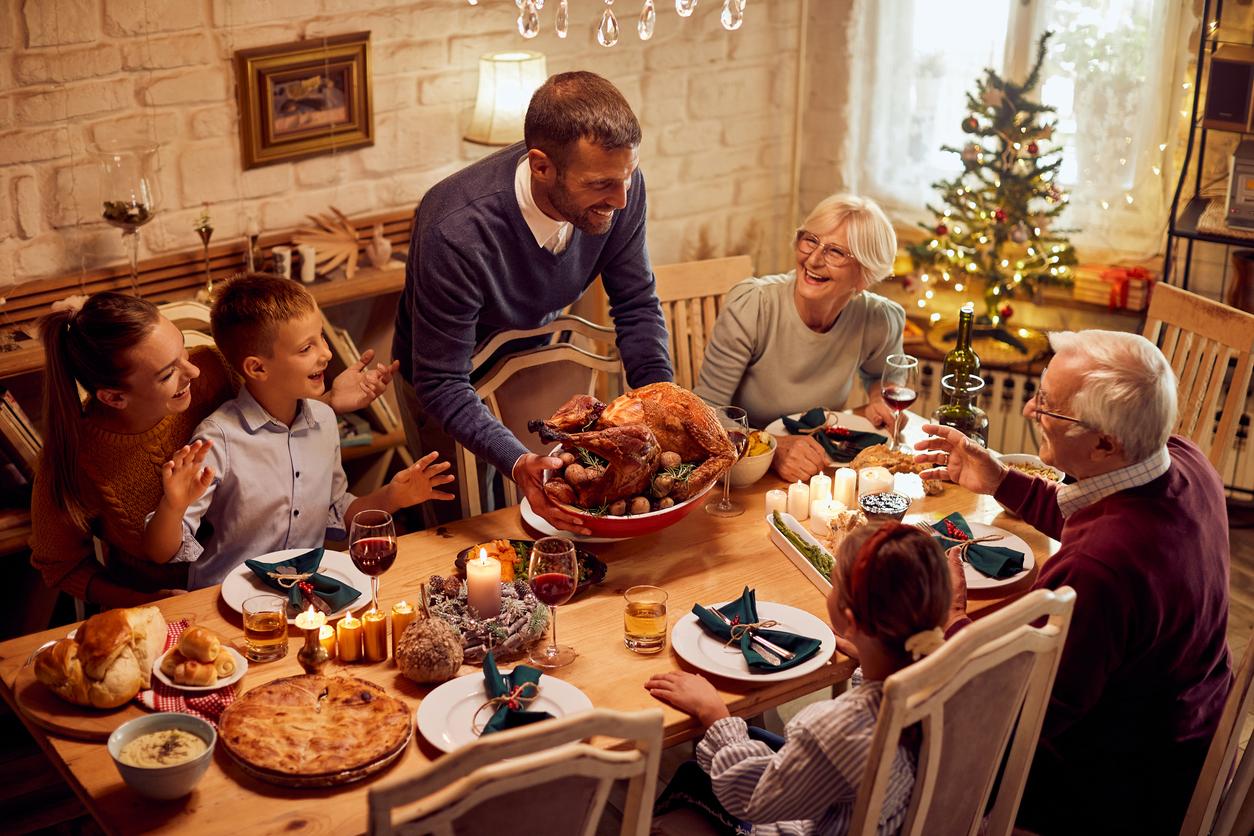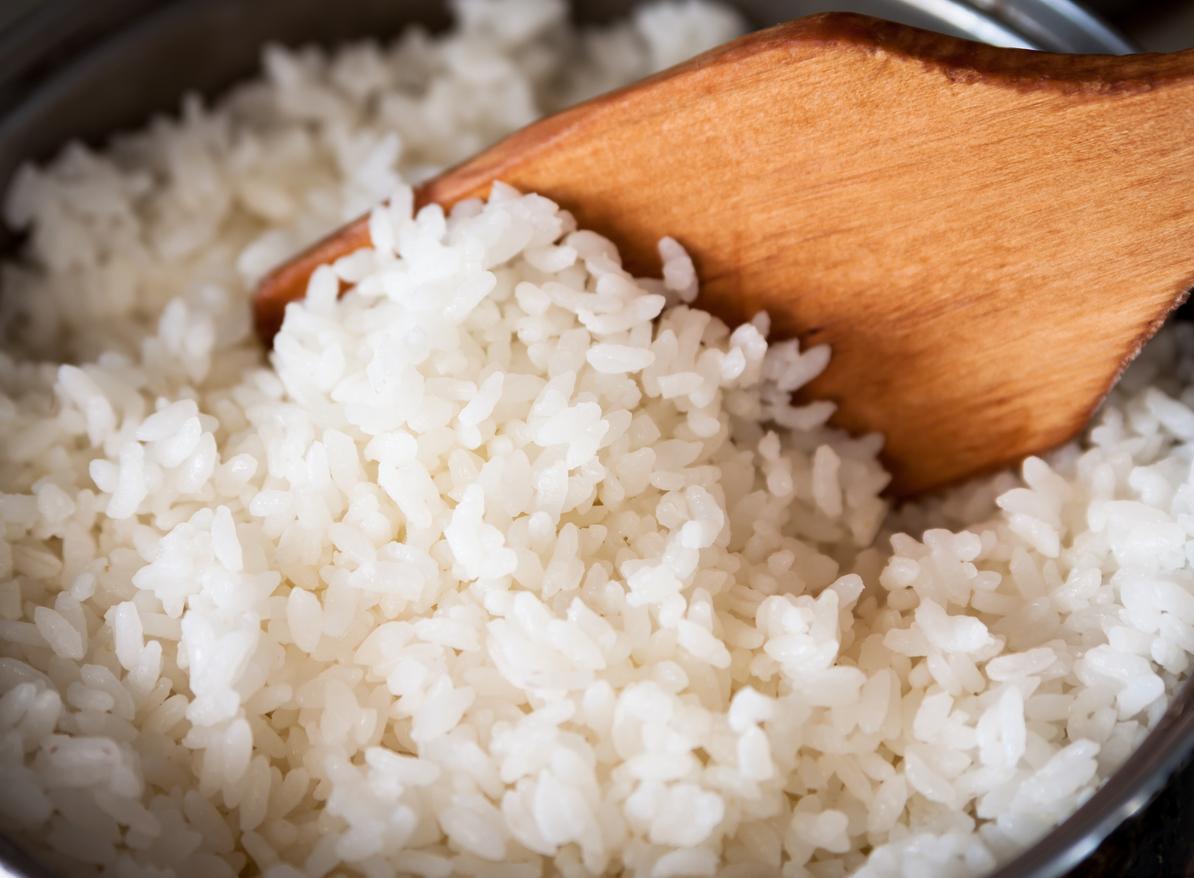The National Health Security Agency (Anses) and the General Directorate of Health (DGS) warn of the increase in mushroom poisoning, particularly in New Aquitaine (18.6% are listed there), in Occitanie (18.2 ) and in Rhône-Alpes (12.3). They call on pickers to be vigilant and remind them of the basic advice to avoid poisoning.

With favorable weather conditions, 250 mushroom poisonings have been recorded by poison control centers in the past two weeks, including four serious cases. Many cases are also due to mixtures, errors which have contaminated the collection, but in Ile-de-France we observe poisoning by mushrooms bought in the trade. Faced with this figure, the National Health Security Agency (handles) and the General Directorate of Health (DGS) are sounding the alarm and calling pickers to be vigilant.
Symptoms of poisoning come twelve hours after eating
The consequences on health are digestive disorders which can be severe or damage to the liver which may require a transplant, recall ANSES and the DGS. Nausea, vomiting, sweating, dizziness or visual disturbances… appearing within twelve hours after consumption of the mushrooms, are all potential symptoms of poisoning. Call 15 or a poison control center immediately.
The “phalloid syndrome” has been described, characterized by digestive signs occurring on average 10 to 12 hours after the consumption of mushrooms and which can be the cause of hepatic insufficiency, fatal in the absence of treatment. This syndrome can be caused by amanitas (phalloid amanita, viral amanita…), small lepiotes or galleys
Safe Mushrooms
The consequences on health can be very serious: severe digestive disorders, liver damage that may require a transplant, etc. ANSES and the DGS therefore remind you of the advice to be able to enjoy harvesting serenely:
• Pick only mushrooms you know perfectly well: some highly toxic poisonous mushrooms are very similar to edible species;
• If in doubt about the condition or identification of one of the mushrooms harvested, do not eat the harvest before having it checked by a specialist in the field. Pharmacists or mycology associations and societies in your area can be consulted;
• Collect only specimens in good condition and take the entire mushroom (stem and cap), in order to allow identification;
• Do not pick mushrooms near polluted sites (roadsides, industrial areas, landfills);
• Carefully separate the harvested mushrooms by species to avoid mixing pieces of poisonous mushrooms with edible mushrooms;
• Place the mushrooms separately, in a crate or cardboard box, but never in a plastic bag which accelerates rotting;
• Wash hands thoroughly after harvest;
• Store the mushrooms separately and in good conditions in the refrigerator and consume them within two days at the most after picking;
• Eat mushrooms in reasonable quantities after sufficient cooking and never eat them raw;
• Never offer picked mushrooms to young children.
.















